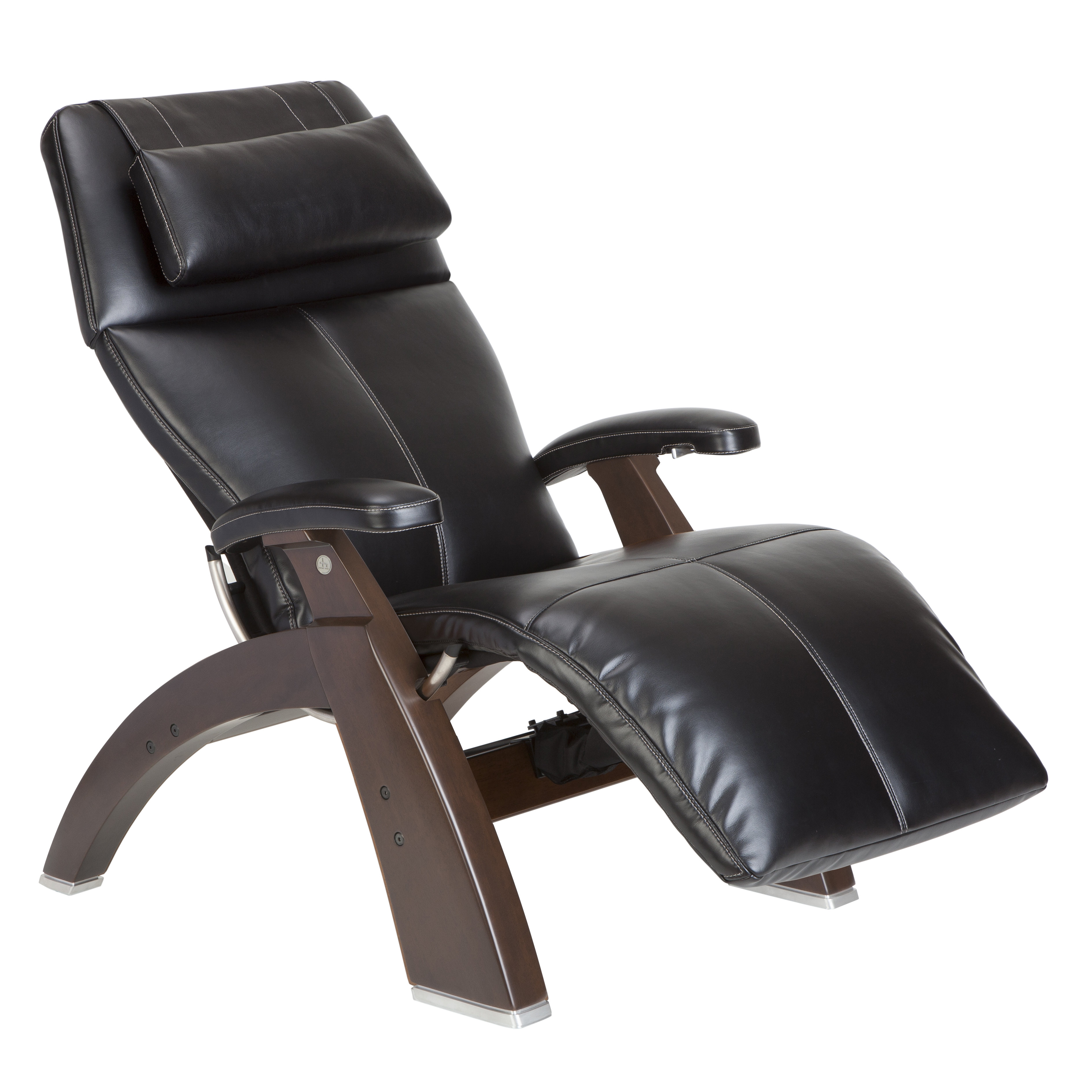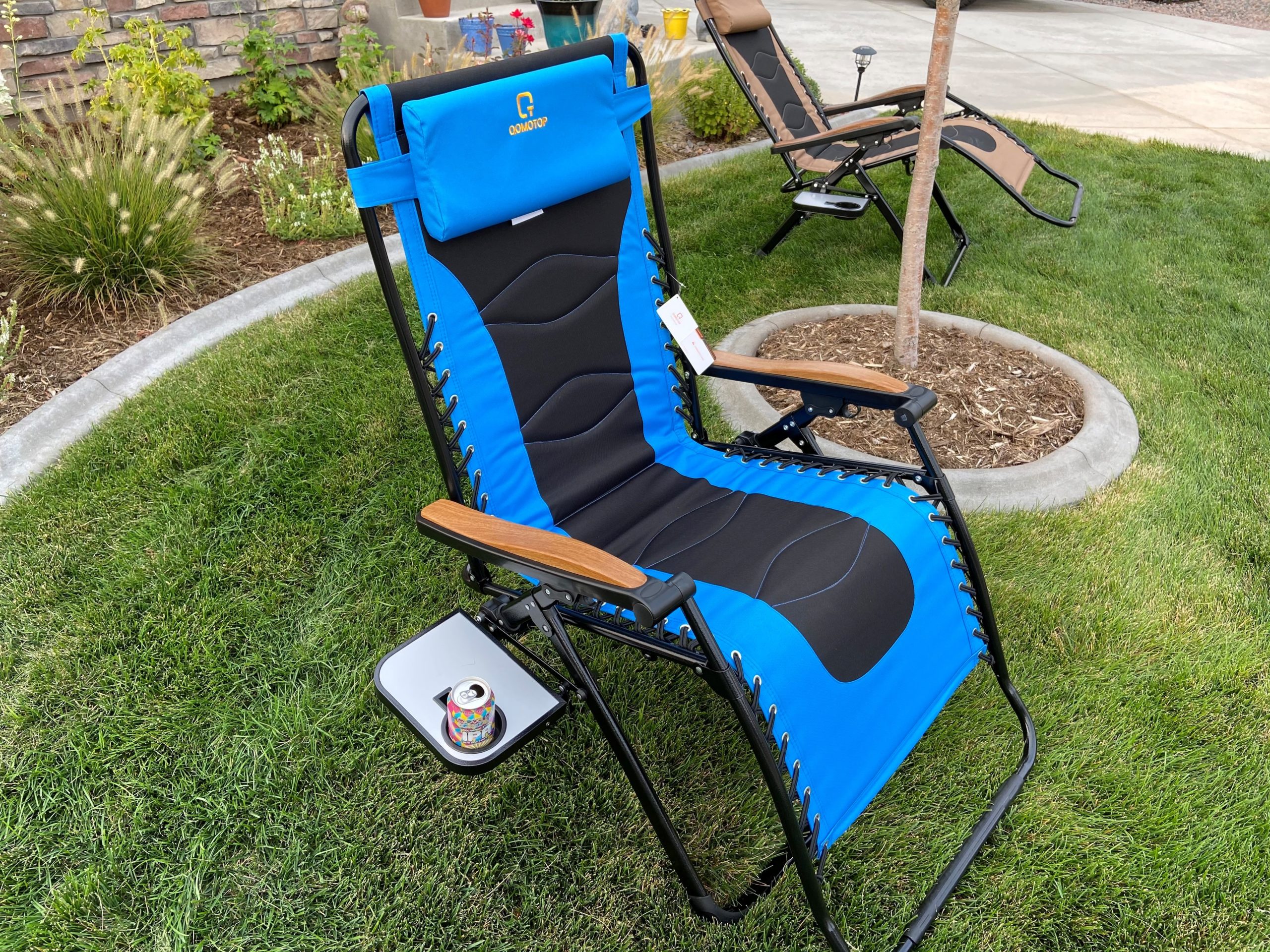Key Features to Consider When Buying a Zero Gravity Chair

Choosing the right zero gravity chair involves considering several key features that contribute to comfort, support, and longevity. Understanding these features will help you make an informed decision and find a chair that perfectly suits your needs.
Adjustability and Recline Options
Adjustability is crucial for achieving the optimal zero gravity position. A good zero gravity chair will offer multiple adjustment points, allowing you to customize the recline angle, leg elevation, and headrest position. This ensures you can find a comfortable and supportive position that relieves pressure points and promotes relaxation.
- Recline Angle: The recline angle is a critical factor, as it determines the degree of weight distribution and pressure relief. A true zero gravity position achieves a 1:1 ratio of body weight distributed between your legs and torso, reducing stress on your spine and joints.
- Leg Elevation: Adjustable leg rests allow you to elevate your legs to promote blood circulation and reduce swelling in the lower extremities. This is particularly beneficial for individuals with circulation issues or those who spend long hours sitting.
- Headrest Adjustment: A well-designed headrest provides support for your neck and head, ensuring proper alignment and preventing strain. Adjustable headrests allow you to customize the height and angle for optimal comfort.
Materials and Durability, Zero gravity chair ratings
The materials used in a zero gravity chair play a significant role in its durability, comfort, and longevity. Choosing high-quality materials will ensure your chair withstands regular use and provides long-lasting support.
Frame Materials
- Aluminum: Aluminum frames are lightweight, durable, and corrosion-resistant. They are a popular choice for zero gravity chairs as they offer a good balance of strength and portability.
- Steel: Steel frames are known for their strength and durability. However, they can be heavier than aluminum frames, making them less portable. Steel frames are often used in chairs designed for heavier users or those seeking maximum durability.
Factors Influencing Zero Gravity Chair Ratings

Zero gravity chair ratings are influenced by a variety of factors, reflecting the complex nature of evaluating these products. Both user experiences and expert opinions play a crucial role in shaping the overall perception of a chair.
User Reviews and Customer Feedback
User reviews and customer feedback are vital for understanding the real-world performance of zero gravity chairs. They provide valuable insights into the chair’s comfort, durability, ease of use, and overall satisfaction.
- Positive Reviews: Positive reviews highlight features like comfortable seating, sturdy construction, adjustable settings, and ease of assembly. They often express satisfaction with the chair’s functionality and value for money.
- Negative Reviews: Negative reviews often focus on issues like poor build quality, discomfort, faulty mechanisms, or difficulties with assembly. They can reveal potential flaws or shortcomings that may not be apparent in technical specifications.
These reviews provide a balanced perspective, helping potential buyers make informed decisions based on real-world experiences.
Expert Reviews and Professional Evaluations
Expert reviews and professional evaluations offer a different perspective on zero gravity chairs. They delve into technical aspects, materials, construction, and design features.
- Technical Expertise: Experts analyze the chair’s construction, materials, and mechanisms, assessing its durability, stability, and overall engineering quality.
- Ergonomics and Comfort: They evaluate the chair’s ergonomic design, focusing on its ability to support proper posture, reduce pressure points, and promote relaxation.
- Safety and Functionality: Experts assess the chair’s safety features, stability, and ease of use, ensuring it meets relevant standards and provides a secure and comfortable experience.
Expert reviews provide valuable insights into the chair’s design and construction, helping consumers understand the technical aspects that contribute to its overall performance.
Key Criteria Used by Rating Systems
Rating systems for zero gravity chairs typically consider a range of criteria to assess their performance. These criteria can vary depending on the specific rating system, but generally include:
- Comfort and Ergonomics: This evaluates the chair’s ability to provide proper support, reduce pressure points, and promote relaxation. It assesses factors like the chair’s shape, padding, and adjustability.
- Durability and Construction: This examines the chair’s build quality, materials, and construction techniques. It assesses its ability to withstand wear and tear and provide long-lasting performance.
- Functionality and Features: This evaluates the chair’s adjustable features, including recline angles, leg rests, and headrests. It assesses the ease of use and overall functionality.
- Safety and Stability: This evaluates the chair’s stability, safety features, and compliance with relevant standards. It assesses its ability to provide a secure and comfortable experience.
- Value for Money: This considers the chair’s price in relation to its features, performance, and durability. It assesses the overall value proposition offered by the chair.
These criteria provide a comprehensive framework for evaluating zero gravity chairs, ensuring that ratings reflect a balanced assessment of their overall performance.
Comparison of Rating Systems
Different rating systems use varying methodologies and criteria to assess zero gravity chairs. Some systems rely heavily on user reviews, while others emphasize expert evaluations.
- Consumer-Based Systems: These systems rely heavily on user reviews and feedback, often aggregating ratings and reviews from multiple sources. They provide a real-world perspective on the chair’s performance, but may be influenced by subjective opinions and individual experiences.
- Expert-Based Systems: These systems rely on professional evaluations and expert reviews, focusing on technical aspects, design features, and overall performance. They offer a more objective assessment, but may not fully reflect the chair’s real-world usability.
- Hybrid Systems: These systems combine user reviews and expert evaluations, aiming to provide a balanced assessment. They leverage the strengths of both approaches, offering a more comprehensive and nuanced view of the chair’s performance.
The choice of rating system can influence the overall rating of a zero gravity chair. Consumers should be aware of the methodologies and criteria used by different systems to make informed decisions based on their individual needs and preferences.
Zero gravity chair ratings often focus on features like recline angle, weight capacity, and material durability. However, for individuals seeking a more tailored experience, a big man chair and ottoman might offer superior comfort and support. These chairs are specifically designed for larger individuals, prioritizing wider seating areas and robust construction.
While not directly comparable to zero gravity chairs, they offer a distinct alternative for those prioritizing comfort and sturdiness.
